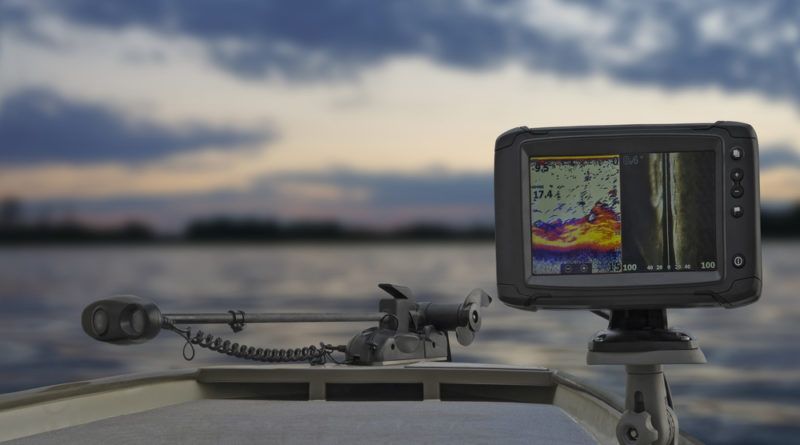8 Uses for Ground Penetrating Radar Detection Services
Ground penetrating radar (GPR) detection services are becoming popular to locate objects and features underground. This technology is applicable in various industries, including construction, engineering, and surveying. There are many different applications for GPR, so it’s no surprise that the demand for these services is growing.
1) Nondestructive Testing
GPR is typically used before construction work begins to test the ground for any hazards or other buried objects. It can detect runoff from construction sites, which could cause soil erosion. GPR can also test for the presence of utility lines and cables, such as pipes, pipelines, and electrical wires.
2) Underwater Scanning
GPR is also used to locate items underwater. This technology is utilized in various industries, including shipbuilding and fishing. Besides, groundwater surveys are essential for identifying underground hazards as well as areas where water may be trapped by soil. This technology can also determine the soil type and any conditions that pose a safety hazard, such as erosion.
3) Bridge and Infrastructure Inspection
Faulty bridges can be hazardous to both people and vehicles. GPR is used to examine the ground for deficiencies or weak areas that could affect the strength of concrete in a building or bridge before they become dangerous. This technology can also help determine the condition of bridges.
4) Environmental Monitoring
GPR can also help monitor the environment. This technology is helpful in multiple industries, including agriculture, construction, and mining. It can determine if any hazardous chemicals in the soil could contaminate the surrounding environment.
5) Geotechnical Survey
Underground geological facilities and infrastructure such as pipelines, water infrastructure, and utility lines are critical to daily life. One of the widespread applications of GPR is determining the condition of these structures. GPR can provide information about any hazards or other problems affecting the structure.
6) Geomagnetic Surveys
GPR can also locate underground conductors and objects, such as buried cables, pipelines, and transformers. This technology is commonly used in mining and oil drilling. GPR is used to detect any buried metallic objects and any natural magnetic features below ground that could affect power grids.
7) Archaeological Survey
GPR can be used to locate a wide variety of items, including coins, jewelry, and artifacts. This technology is commonly used in archaeology to determine the location of buried historical items. The use of GPR in archaeology is becoming more common for several reasons. While this technology is expensive, it can identify historical items and objects buried below the surface, making them safer from vandalism or damage from natural elements.
8) Seismic Surveys
Below ground features that could affect seismic activity can also be determined using GPR. This technology is used to locate faults and other geological activity that could impact the surface. Similarly, oil and gas companies use GPR to detect areas with high concentrations of these elements.
GPR shows potential. The uses of ground penetrating radar detection services by cnilocates.com are practically limitless. This technology is designed to inspect the ground and test its condition. For example, GPR is an invaluable tool for realtors and home inspectors that could reduce the risk of getting sued for negligence. So GPR detects underground hazards that can help increase safety and reduce liability.



